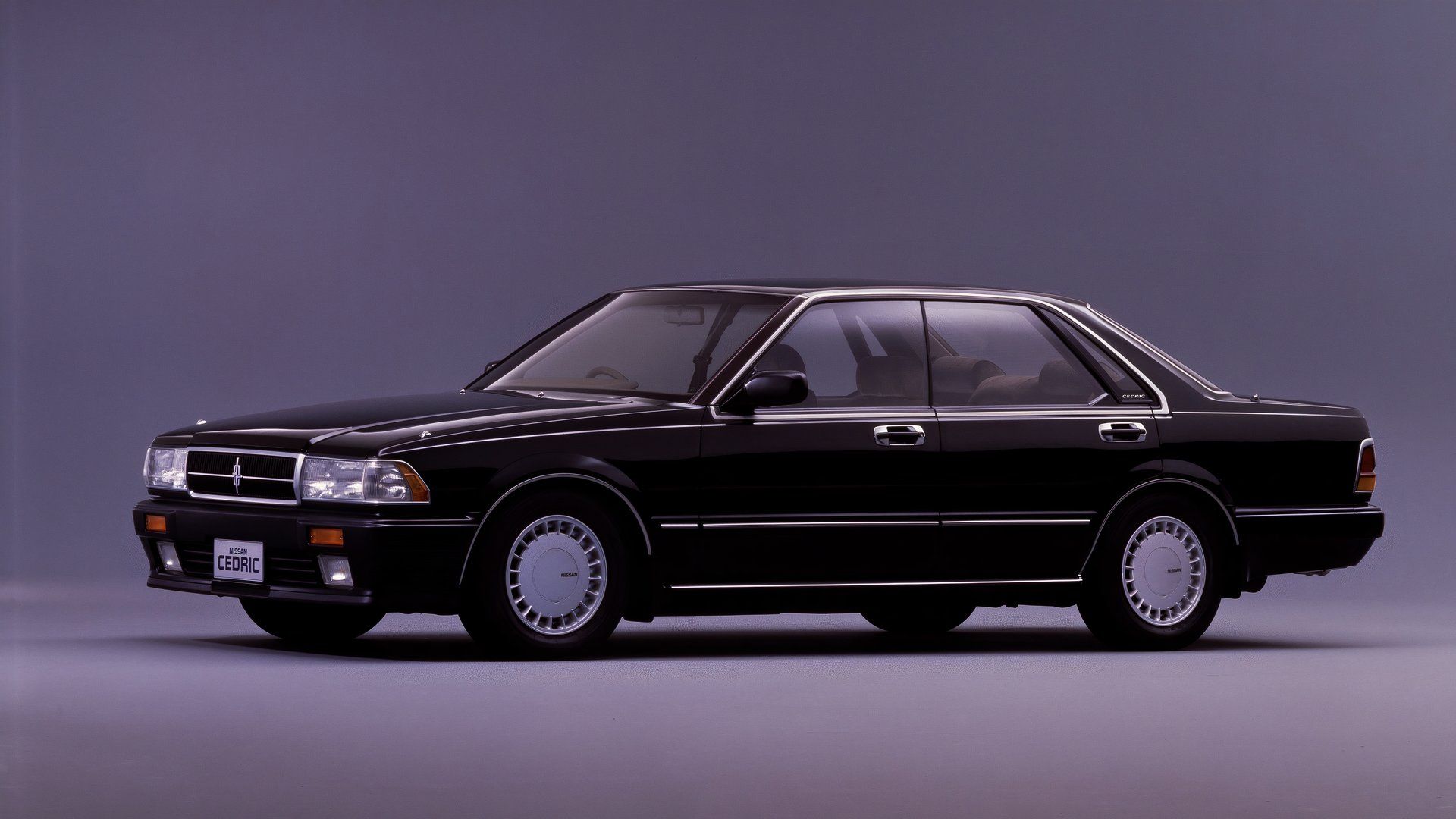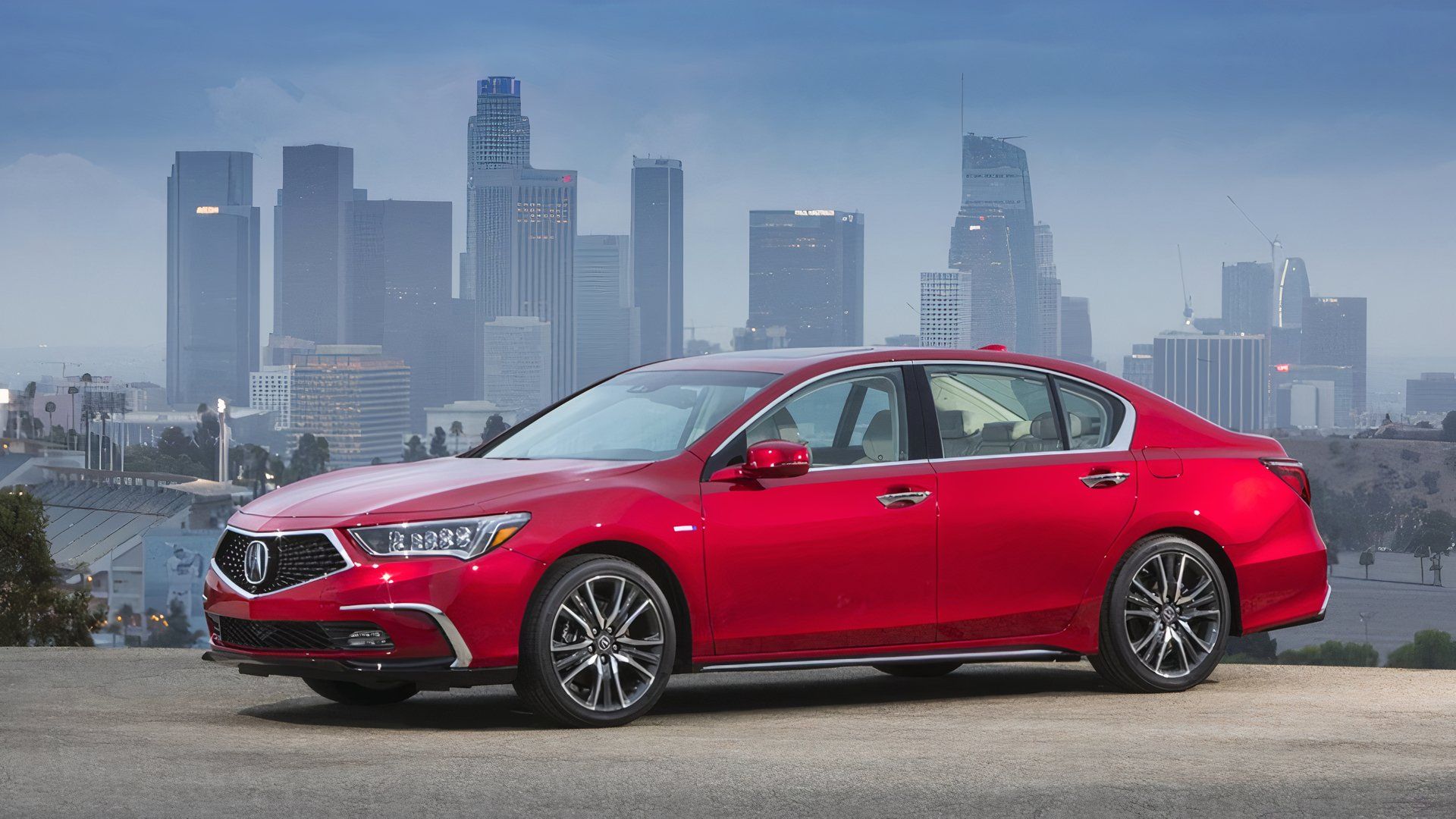Inside, the LC500 is a masterpiece of luxury and attention to detail. Lexus uses premium materials like Alcantara, hand-stitched leather, and real metal accents to create an interior that feels exclusive and indulgent. The seats are designed to be both supportive and comfortable, ideal for long-distance cruising, with high-end craftsmanship evident in every stitch and seam. Ambient lighting, a leather-wrapped steering wheel, and available carbon fiber accents add to the sense of bespoke luxury.
3Nissan Cedric
Original MSRP: $25,040

The early Nissan Cedric was conservatively styled, with heavy influence from the Nissan/Austin Motors collaboration era, as well as some European passenger cars. As Nissan, as well as many other Japanese brands, reached out to foreign designers for insight from a European standpoint, they eventually settled on Pininfarina. The Nissan/Pininfarina union brought us the 1962 410 Bluebird, as well as the numerous models of the top-of-the-line Cedric. The Cedric was in production from 1960 to 2015, with a host of celebrated models up until the end.
As with the appearance and size throughout the years, the engine and performance have taken on many changes. From the inline-four H engines of the early 60s to the turbocharged 6-cylinders of the later years. Of the most popular are the Gran Turismo models, hailed for their tuneability and gutsy attitude. The Cedric Grand Turismo SV of 1991 featured a VG20DET 2.0-liter turbo V-6 that was paired with a five-speed auto transmission.
Performance
| Engine | 2.0-Liter Turbo V-6 |
| Power | 182 horsepower |
| Torque | 159 pound-feet |
| Weight | 3,262 pounds |
The Cedric went through a slew of design changes throughout its production run, which saw it capture the essence of foreign markets with finesse. For example, the late 60s 130 Cedric could have easily been mistaken in the U.S. for a domestic luxury car. The same sentiment only grew as the model years progressed, with many influences being expertly integrated into the versatile sedan. Still, the Cedric never relented on its mission to provide quality, comfort, and an upscale experience, all while pushing the limits of Japanese design and international appeal.
Luxury
The Cedric’s interior was crafted with a focus on comfort and quality, featuring high-grade materials like plush fabrics, soft-touch surfaces, and, in later models, optional leather upholstery. Wood grain accents and carefully designed dashboard layouts emphasized simplicity and elegance, creating a sophisticated environment that prioritized passenger comfort. Spacious seating, especially in the rear, made the Cedric an ideal choice for chauffeured drives.
Remember when we mentioned the era of Japanese/European automotive collaboration? Well, here’s a collab that doesn’t get the attention it deserves. The Mitsubishi-AMG collab churned out a sweet, sporty ride that capitalized on the luxury aspect of not only the name “Debonair”, but the Mercedes-AMG pedigree.
Before you ask about the performance, just know, AMG did very little to bring the Debonaire up to the 300E 5.6 AMG‘s level. In all truth, the “AMG” signage is pretty much where the German influence ends. The Debonair AMG received a sleek body kit with plenty of badging, both inside and out, though its V-6 engine and chassis remained largely unchanged from the base model.
Performance
| Engine | 3.0-Liter V-6 |
| Power | 148 horsepower |
| Torque | 170 pound-feet |
| Weight | 3,329 pounds |
The Debonaire AMG wasn’t meant to be a track weapon. Its luxury appeal paired with its sporty appearance made it ideal for young business folk displaying their success or older, more established folk looking to add a contemporary toy to their collection. Still, this special model marked a time when automotive ingenuity and experimentation was hitting a boiling point, and it accurately depicts the era or opulence. Also, Mitsubishi would go on to collab with AMG again for a very limited production of a Galant-AMG.
Luxury
Inside, the Debonair V 3000 Royal AMG offers a blend of comfort and sophistication. The cabin includes a four-spoke AMG steering wheel, enhancing the sporty feel. Seating options range from traditional overstuffed and ruched velour to more streamlined velour seats, with tan leather available for those seeking a more opulent experience.
Acura RLX Sport Hybrid
Original MSRP: $62,895

While not a huge hit in North America when released, the RLX Sport Hybrid is a very compelling ride with ample performance ability and premium comforts. Not to mention, the cost is lower than those it competes against, which include the likes of BMW, Mercedes-Benz, and Audi.
The 2020 RLX Sport Hybrid is powered by a 3.5-liter V-6 paired with three small electric motors. The total system output tops out at 377 horsepower and sends power to all four wheels via a seven-speed dual-clutch auto transmission. The 2018 RLX Sport Hybrid features Acura’s Super Handling All-Wheel Drive (SH-AWD) system, which makes use of two electric motors capable of torque vectoring on the rear axle, similar to the SH-AWD system featured on the Acura NSX supercar.



